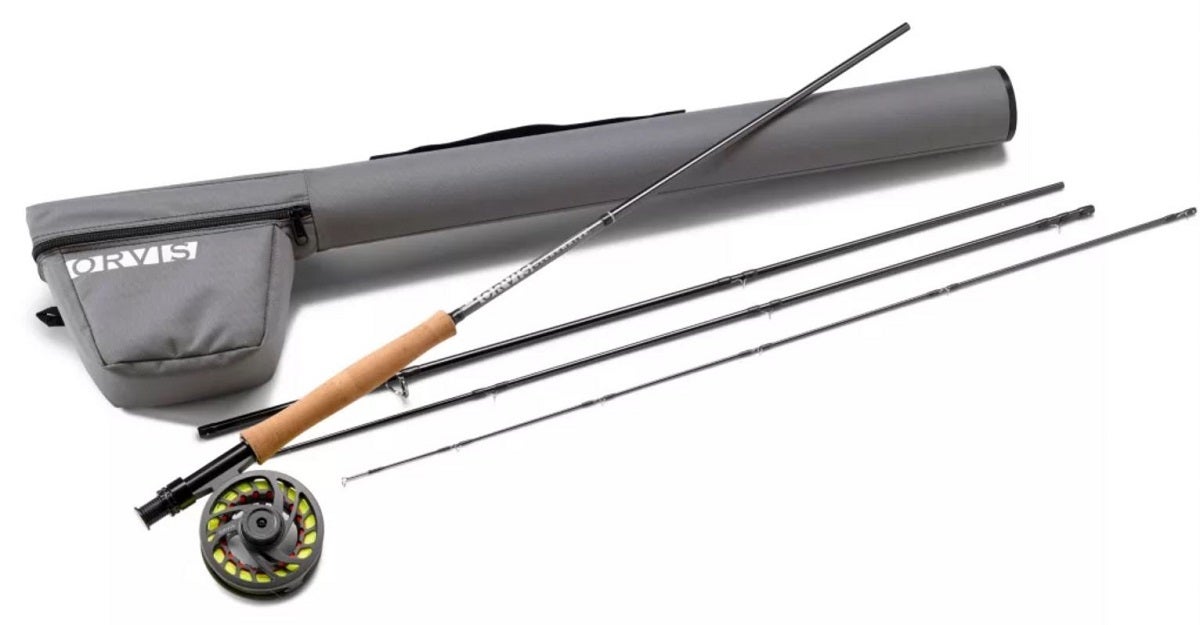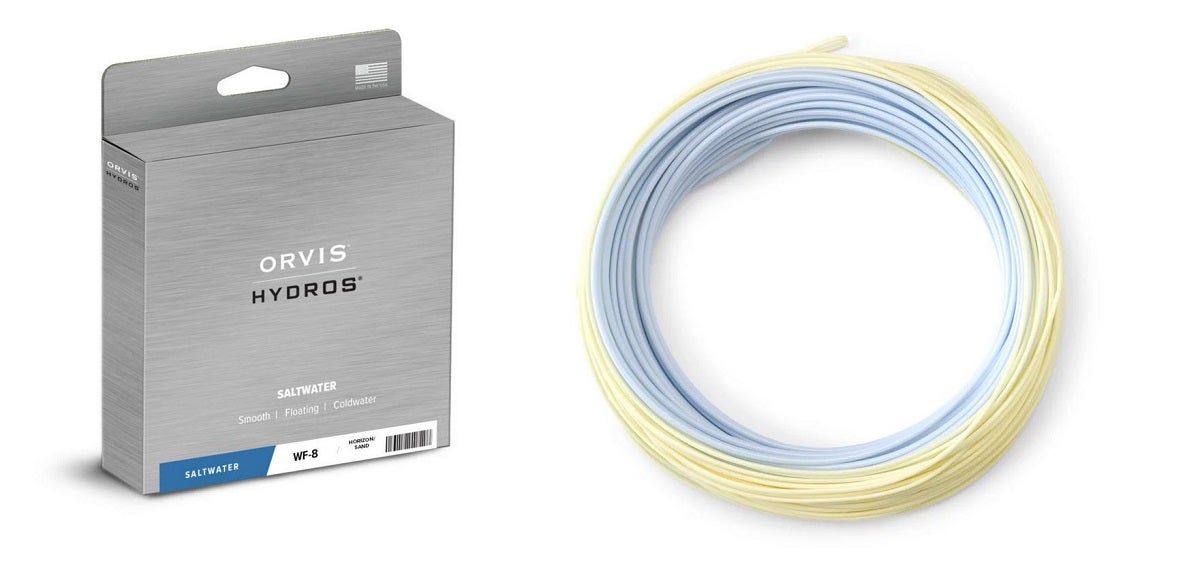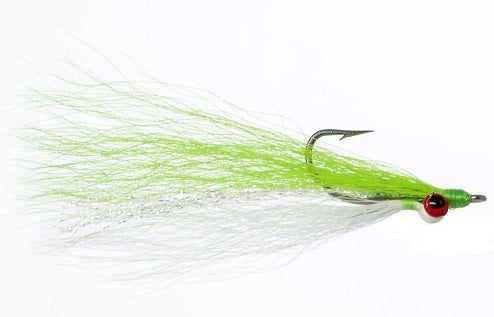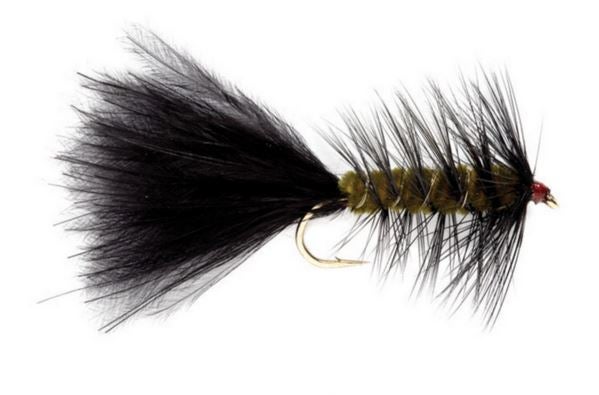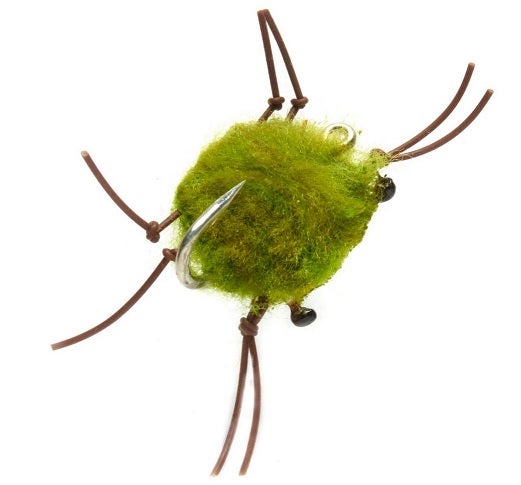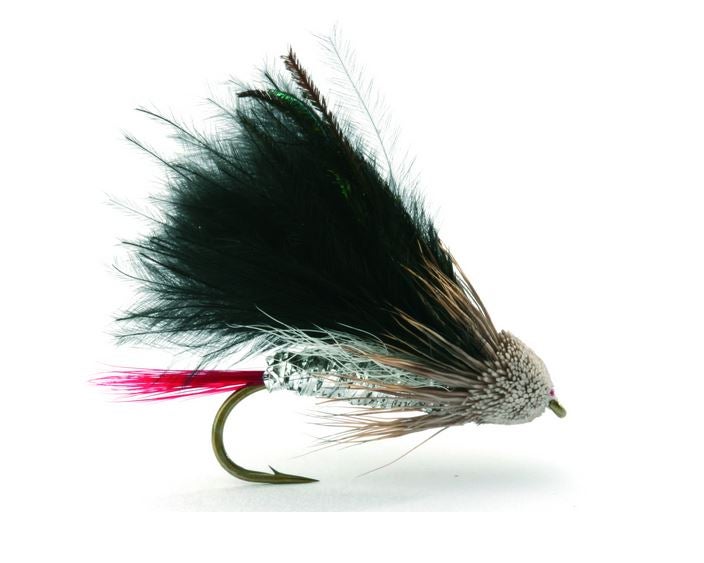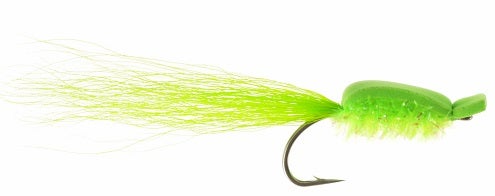Saltwater Fly Fishing – Gear and Tricks for Landing Big Fish
Travis Olander 06.27.23

The sun’s just coming up over the horizon, turning black tide into a bright blue sheen. You’re barefoot, enjoying the sea spray on a vacant beach, casting out and getting bites almost immediately. Saltwater fly fishing – whether it’s from shore or off the bow of a boat – can feel like the pinnacle of angling, but most folks take one look at saltwater fly gear, their eyes pop at the pricetags, and they immediately shut down the idea. Saltwater fly fishing doesn’t have to cost an arm and a leg, and with the right gear at the price, you can still have a blast setting hooks from your favorite beach or the deck of your Cobia.
Saltwater Fly Fishing – The Right Gear
First, the rod: Yes, many saltwater rods are expensive – we’re talking $600 to $1,100 for some of the best rods. But, you don’t need a high-end G Loomis or Scott Sector. These handcrafted-in-the-states fly rods are made to take your money, but you can set hooks on a standard single-hand or Spey rod for a fraction of the price.
The ideal saltwater rod: We recommend a minimum 7-Weight rod to get started. This will be adequate for smaller saltwater species, like Bonefish and Marlin. Many ocean anglers prefer to kick it up to a 12-Wt or 14-Wt rod for Sailfish and Tuna. If you want a versatile “do-it-all” rod that can handle open waters, harbors, and estuaries alike, a 9- to 10-Wt, 9-foot rod will manage just fine.
Stick with medium-fast or fast action. Full-flex fly rods are great for delicately presenting tiny lil’ dry flies on ponds and streams, but fishing saltwater means chasing bigger fish. A “tip-stiff” rod is better for the larger lines and lures you’ll inevitably be casting.
I recommend an Orvis Clearwater Combo. With the saltwater outfit on this rod combo, you’re “only” spending around $500 — but you’re getting a nice Battenkill Disc reel, Hydros saltwater line and backing pre-spooled, and a 9-foot, 9-Wt Clearwater rod with plenty of power. That’s a helluva lot cheaper than the NRX+, which demands four figures with no line or reel, and it gets you into the water right away.
Get a tapered WF9 or WF10 line. That’s the line you’ll receive if you keep it simple and buy the Orvis combo. If you’re rigging together your own rod, reel, and line, you’ll want a slick weight-forward line with a long, heavy taper. I’ve fished the 90-foot Hydros line and found it easy to shoot. It sports a 40-foot head with a color change at 30 feet, aiding in targeting your strike zones. Slap a large eel or Clouser on it, and you’re ready to set hooks. Speaking of flies…
Saltwater Fly Fishing – Ideal Saltwater Fly Lures
You needn’t set up an expensive buffet to bag saltwater species. They’ll generally attack anything they perceive as prey. A classic minnow, simple crab pattern, foam bodies, and small baitfish will invite bites from everything you’re chasing – tarpon, snook, bass, redfish, bonefish, and so on.
1. Clouser Minnow. A Clouser in Chartreuse is a staple of any New England saltwater fly box, and it’ll work wonders just about anywhere along the continental US’s shores. They’re convenient for small bays and brackish water, too – fish it topwater or cast it over the deep, and you’ll find success in short order.
2. Woolly Bugger. Woolly The ‘s one of the most recognizable streamers in fly fishing, for good reason – it imitates crays, minnows, leeches, and other natural foods that saltwater species love. You probably already have one or two if you’ve been fly fishing longer than five minutes. Put it in your salt box and give it a run.
3. Crabs. Crab patterns are great for getting past topwater currents and into feeding zones. They’re popular morsels for bonefish, tarpon, permit, and stripers and redfish. Always a proven imitator. Try the heavily-weighted Tungsten Bauer for fast waters.
4. Muddlers. Originally meant for Trout, the large head of the Marabou Muddler absorbs water, sinks slowly, and cuts through the column with broad displacement, creating an active streamer that’s perfect for ocean currents.
5. Gurglers. These make plenty of noise and flash when stripped. The foam lip creates a wake on the water, and the backside leaves a trail of bubbles. The effect quickly draws out bass, sea trout, redfish, and snook.
4 Tips for Better Saltwater Fly Fishing
Even experienced freshwater anglers are going to feel out of their depth the first time they cast into the waves. Follow these tips to make your first expedition a success.
1. Practice Your Cast
If you’re coming from a freshwater setup, chances are your saltwater rod and line are going to totally foreign. A 10-Wt setup is a different beast to a 5-Wt lake setup. It pays to get familiar with the feel and dial in your cast before hitting the water. Contrary to popular belief, saltwater casting isn’t all about distance. Anyone who says you need 80 feet of cast is not a successful saltwater angler. Focus on hitting your strike zone within 30 to 40 feet.
2. Sunglasses and Sight Fishing
You absolutely need a good pair of polarized glasses to fish saltwater. Sight-fishing harbors and bays is going to aid in your hunt – most saltwater will provide greater clarity and visibility at deeper depths than the freshwater you’re used to. Shadows and spying movement just below the surface will be to your advantage.
3. Don’t Forget UV Protection
You will get baked on the shore or boat, so don’t forget a decent hat or hood, and wear some warm-weather long sleeves. Bring the high-SPF sunscreen, too.
4. Practice Your Position
Keep your rod pointed at the water, with the tip at the surface. You’ll want as little slack as possible – saltwater line’s heavier, with less feedback, and currents are always pushing, which can disguise small bites. If you’re fly fishing from a boat, this is critical: Slack on the line is sloppy, and you’ll wind up dancing on deck to set a hook or you’ll step on your line. Either way, poor position will mean you’re probably rocking the boat. Stable, calm, and being still are key.
